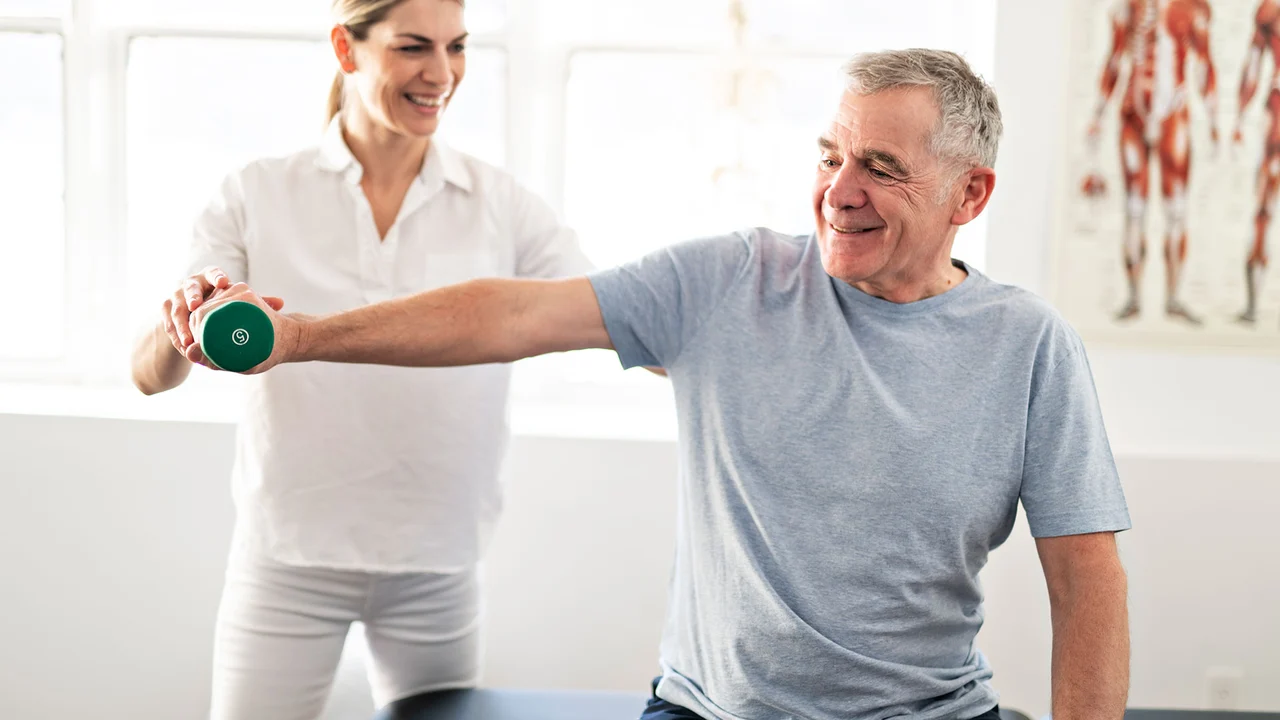Physical Therapy: Practical Tips for Recovery and Pain Relief
Physical therapy helps you move better, feel less pain, and get back to normal life faster. Whether you’re coming off surgery, dealing with arthritis, recovering from a fall, or managing long-term back pain, small consistent steps make a big difference. Below are clear, useful tips you can use right now.
What to expect in your first sessions
Your first visit is mostly assessment. The therapist asks about your history, checks strength, range of motion, balance, and watches how you walk. They’ll show hands-on techniques, teach a few safe exercises, and give a short home program. Typical sessions last 30–60 minutes. Mention any meds or conditions—blood thinners, recent surgeries, or things like psoriatic arthritis or gout change the plan.
Therapy is goal-driven. Your therapist should set clear, measurable goals with you, like walking a certain distance, lowering pain by a level, or returning to work tasks. If progress stalls, ask for a different approach or a referral to a specialist.
Simple exercises you can try at home
Start with three easy moves: a 5–10 minute walk as a warm-up, chair squats (sit and stand slowly) for leg strength, and glute bridges for hips and low back. Aim for 8–12 reps and 1–3 sets depending on tolerance. Add calf and hamstring stretches after exercise. For balance, try standing on one foot while holding a chair for 10–20 seconds, 2–3 times per side.
Use pain as your guide. Mild muscle soreness is normal; sharp or increasing joint pain is not. If something hurts badly, stop and call your therapist. Keep a short log: date, exercise, pain level, and any swelling. That info helps your therapist adjust the plan quickly.
Apply heat before stretching to loosen muscles and use cold for 10–15 minutes after intense sessions to control swelling. Don’t ice over numb skin or for long periods—10–15 minutes is enough.
Frequency matters more than one big session. Many people start with 1–3 clinic visits per week and do 10–20 minutes of home work daily. Consistency beats occasional intensity.
Choosing the right therapist is about fit and experience. Look for licensing, read reviews, and ask about experience with your condition. Good questions: “How will you measure progress?” and “What should I do at home?” A clear, practical answer is a good sign.
Telehealth can work for follow-ups, exercise review, and progress checks. But if you need hands-on treatment or are right after surgery, aim for in-person visits. Always check with your surgeon or GP if you’re unsure.
Watch for red flags: new numbness, sudden weakness, high fever, or severe swelling. Stop exercising and get medical help if these appear. Otherwise, keep moving, track small wins—fewer stairs causing pain, longer walks—and ask your therapist to tweak the plan as you improve. Want tailored tips for arthritis, post-op rehab, or stroke recovery? Our related articles dig deeper and offer step-by-step plans you can follow.
Physical therapy for joint disorders uses targeted range of motion and strengthening exercises to reduce pain, improve function, and delay surgery. Backed by clinical guidelines and real patient results, it's the most effective non-surgical option for osteoarthritis and rheumatoid arthritis.
As a guy who's gone through the struggles of bursitis, I can't emphasize enough the role of physical therapy in managing this condition. In this post, I'll share some insights on how physiotherapy can help alleviate the symptoms and promote better health. We'll delve into the significance of specific exercises and how they contribute to an improved quality of life. Learn more about how you can effectively manage bursitis and maintain an active lifestyle with the guidance of a physical therapist. Stay tuned!


